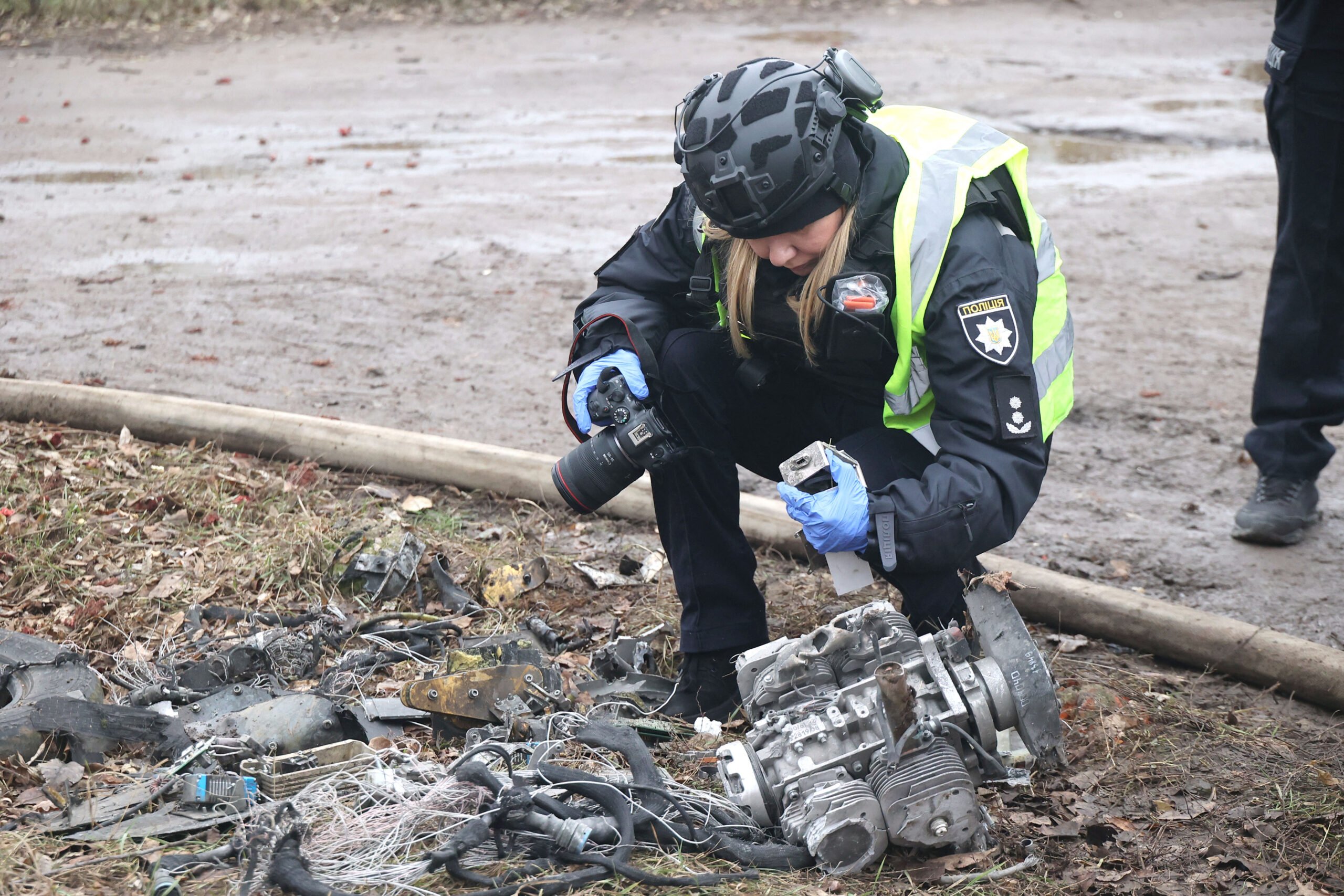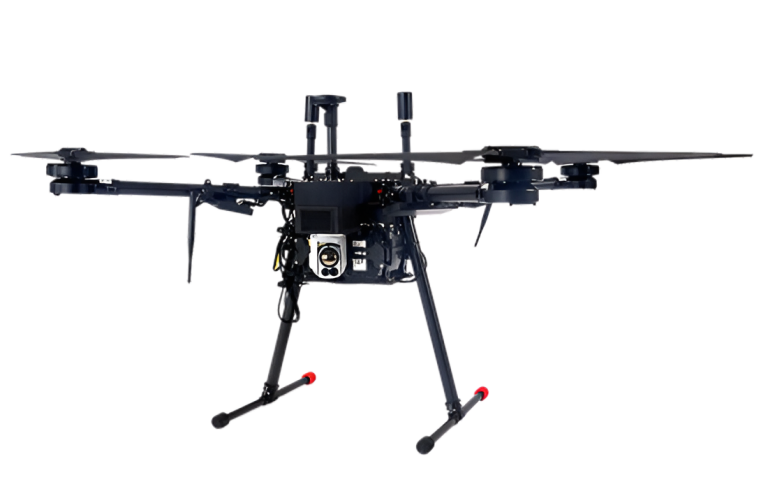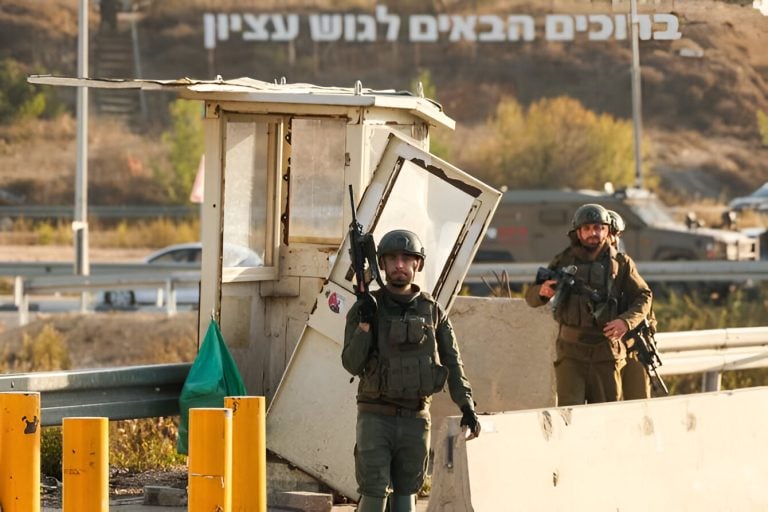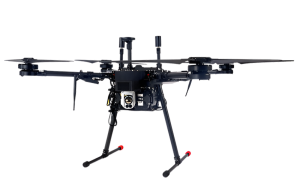In a significant development on the battlefield, a Ukrainian military commander has confirmed the successful deployment of the country’s first laser weapon. Vadym Sukharevskyi, commander of Kyiv’s Unmanned Systems Forces, stated that the advanced technology has begun to effectively target specific objects, marking a pivotal moment in Ukraine’s military capabilities amid ongoing conflicts. Although Sukharevskyi declined to provide further details about the deployment, such as the exact date and location, he emphasized the weapon’s operational effectiveness.
Back in December 2024, Sukharevskyi announced that Ukraine officially became the fifth nation in the world to possess laser weapons, underscoring the modernization of its military arsenal. The newly introduced laser weapon, named “Tryzub,” which translates to “Trident,” is equipped with an operational range of approximately two kilometers (about 1.24 miles). This advancement is part of a comprehensive strategy aimed at bolstering Ukraine’s air defense capabilities, particularly against the growing threat posed by unmanned aerial vehicles.
As Russia has increasingly turned to sophisticated drone warfare, employing Iranian-supplied Shahed drones to strike Ukrainian military installations and essential infrastructure, the introduction of laser technology represents a proactive step in countering these aerial threats. Kyiv’s commitment to integrating cutting-edge military technology is seen as vital for maintaining competitiveness in modern warfare, especially as conflicts evolve.
However, the practical application of such advanced systems presents its own set of challenges. Defense expert James Black, who serves as the assistant director at RAND Europe, pointed out that the weapon’s current use may be “limited and largely experimental.” He noted that Ukraine faces several technical, logistical, and operational obstacles as it plans to scale up the deployment of laser systems. Among these challenges are the integration of the laser weapon with existing air defense mechanisms, ensuring a consistent and reliable energy supply for operation, and adaptability to adverse weather conditions that could hinder its effectiveness.
As Ukraine continues to navigate the complexities of modern combat, the introduction of the Tryzub laser weapon marks a noteworthy advancement in its efforts to enhance air defense and combat the evolving threats posed by drone technology.



















